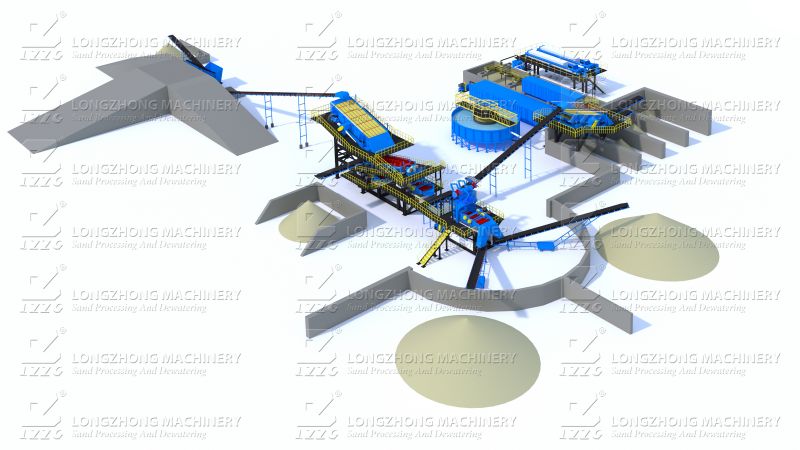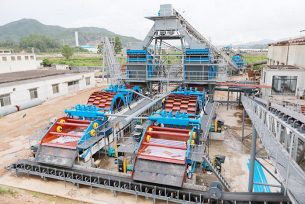2 Ways to Make Polyurethane Screens More Durable
 April.12,2022
April.12,2022
Selection of Polyurethane Screens
The selection of polyurethane screen should first be selected according to the use of the screen to determine whether the screen is used for classification or dehydration. The screening materials for wet screening and dry screening are different. Polyether polyurethane screen is used in water screens to prevent the shortening of the service life of the screen due to hydrolysis. Polyester polyurethane screen is used in dry screens and large materials, with good wear resistance and impact resistance, which can effectively improve the service life of the screen.
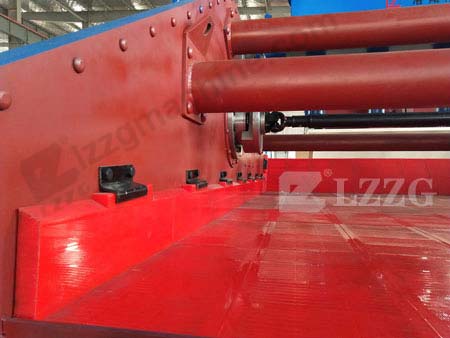
Correct installation of the screen
The installation structure of the screen should be selected according to the size of the screen aperture. For large holes (the recommended diameter exceeds 60mm), it is recommended to use a bolt-type fixing structure. Due to a large amount of material processed by the large-aperture screen, it has a greater impact on the screen surface. The fixed form of the screen with other structural forms is easy to loosen. After the screen is loosened, it strikes each other with the support beam, which shortens the life of the screen.
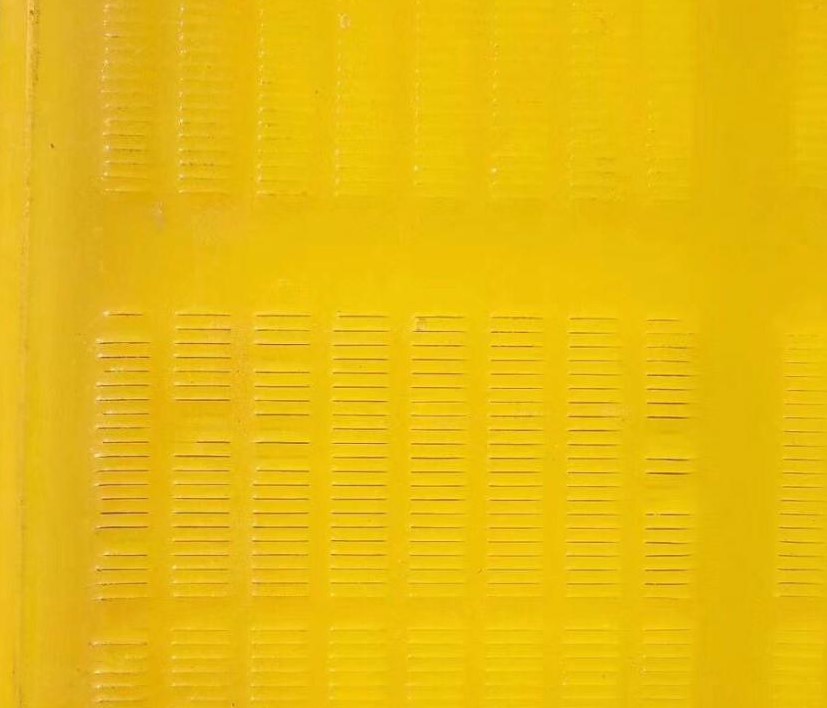
Improper use will affect the service life of the polyurethane screen.
After selecting the correct polyurethane screen, it needs to be used reasonably to maximize the performance and service life of the polyurethane screen. However, this is easily overlooked by many users when using polyurethane screens.
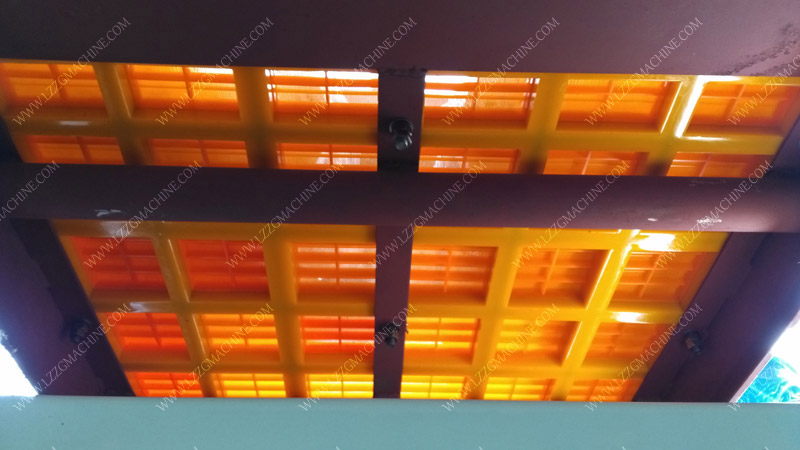
For example, the tensioning screen is easily smashed by a large number of materials during use, and the tensioning bolts need to be tightened regularly. If the tension bolt is loose for a long time, it will cause a knock between the screen and the support ribs, which will affect the service life of the screen. At the same time, there is also a feeding port design. It is recommended that the feeding method is not perpendicular to the screen surface. The feeding direction is inclined along the flow direction, and the feeding height should not exceed 400mm to prevent excessive impact from damaging the screen.



